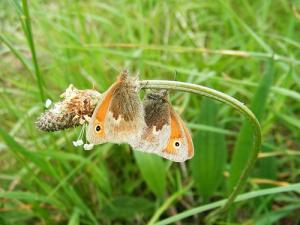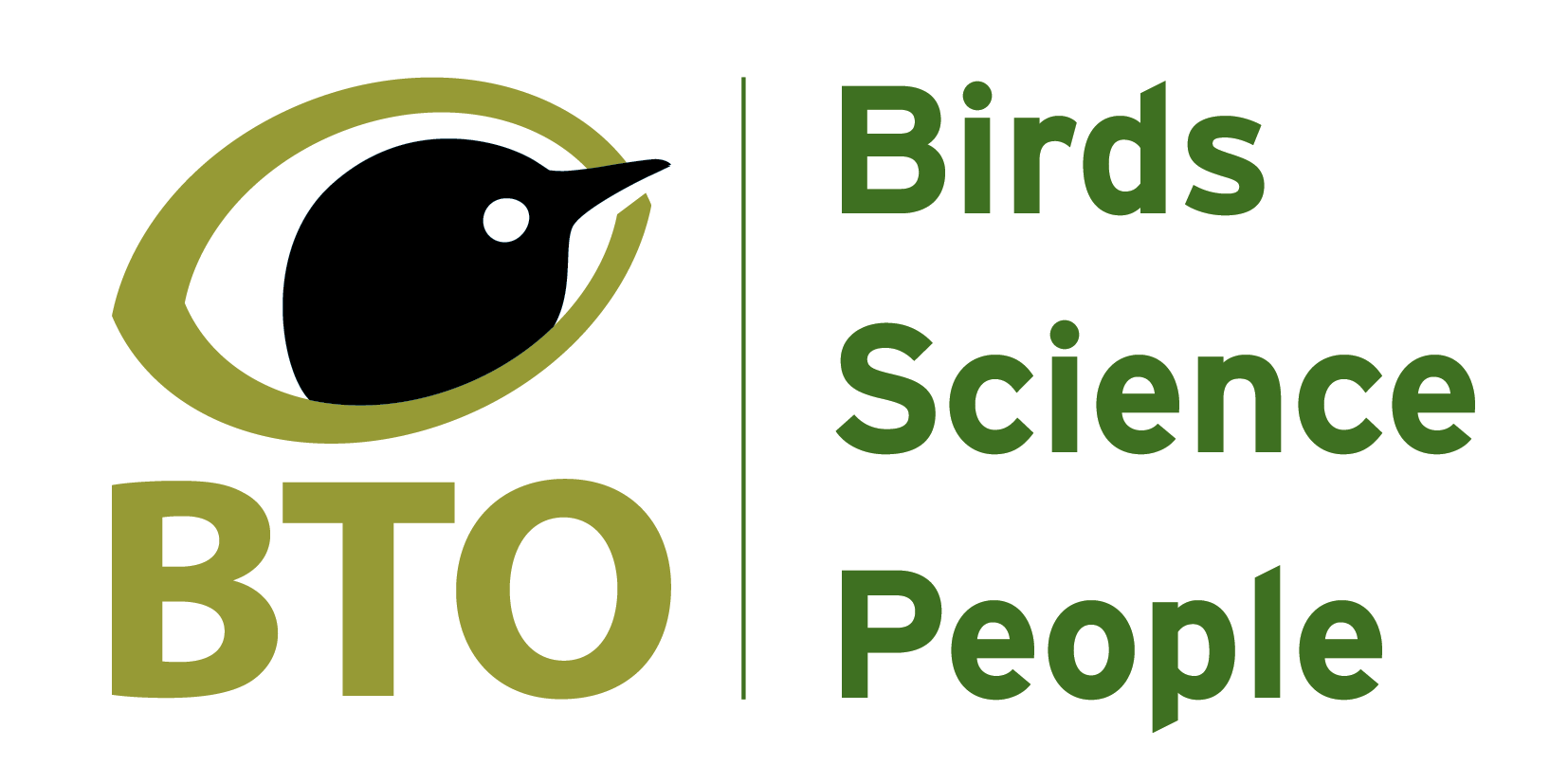
The UKBMS is constantly evolving. The Wider Countryside Butterfly Survey is now a fully operational scheme, online recording is in place and new statistical techniques have been tried and tested to make use of more of the data collected and produce more accurate species indices.
The UKBMS is regarded as a gold standard with similar methods widely adopted across Europe. A recently published manual is helping new countries to develop butterfly monitoring. Van Swaay et al. (2012) in Manual for Butterfly Monitoring.
UK and country-level indices are also used as biodiversity indicators. The indicators are split into wider countryside species and habitat specialists, and in England woodland and farmland butterflies are also assessed separately.
Butterfly data used to develop biodiversity indicators in the United Kingdom.Brereton et al. (2011) in Journal of Insect Conservation (doi: 10.1007/s10841-010-9333-z)
Survey launched to monitor butterflies in the wider countryside. Brereton et al. (2011) in Journal of Insect Conservation (doi: 10.1007/s10841-010-9345-8)
Power calculations for monitoring studies: a case study with alternative models for random variation. Elston et al. (2011) in Environmetrics (doi: 10.1002/env.1096)
Distance sampling and the challenge of monitoring butterfly populations. Isaac et al. (2011) in Methods in Ecology and Evolution (doi: 10.1111/j.2041-210X.2011.00109.x)
Indexing butterfly abundance whilst accounting for missing counts and variability in seasonal pattern Dennis et al. (2013) in Methods in Ecology and Evolution (doi: 10.1111/2041-210X.12053)




